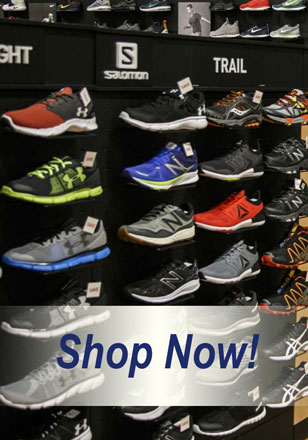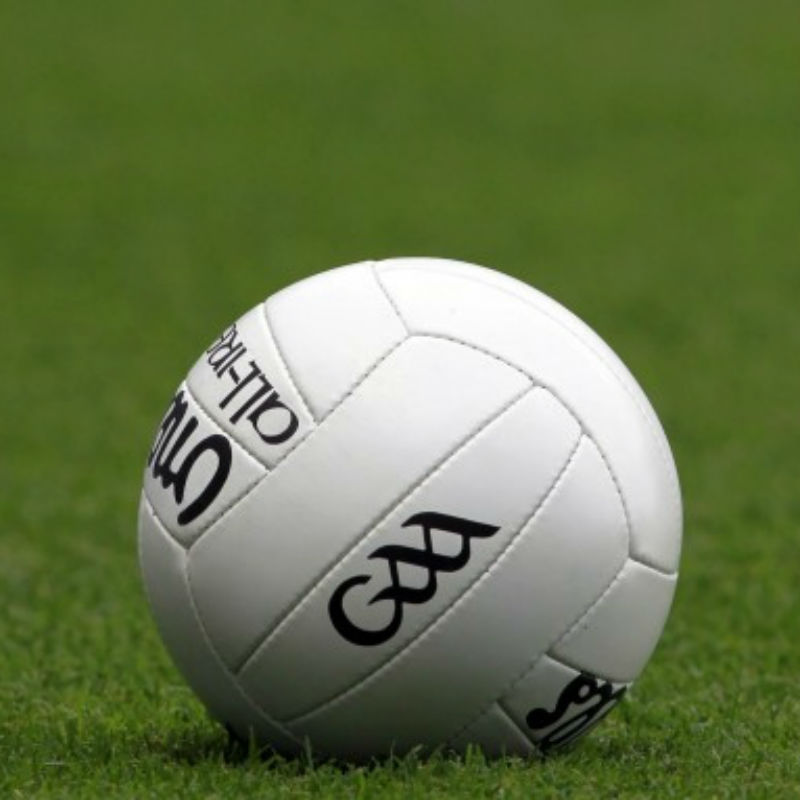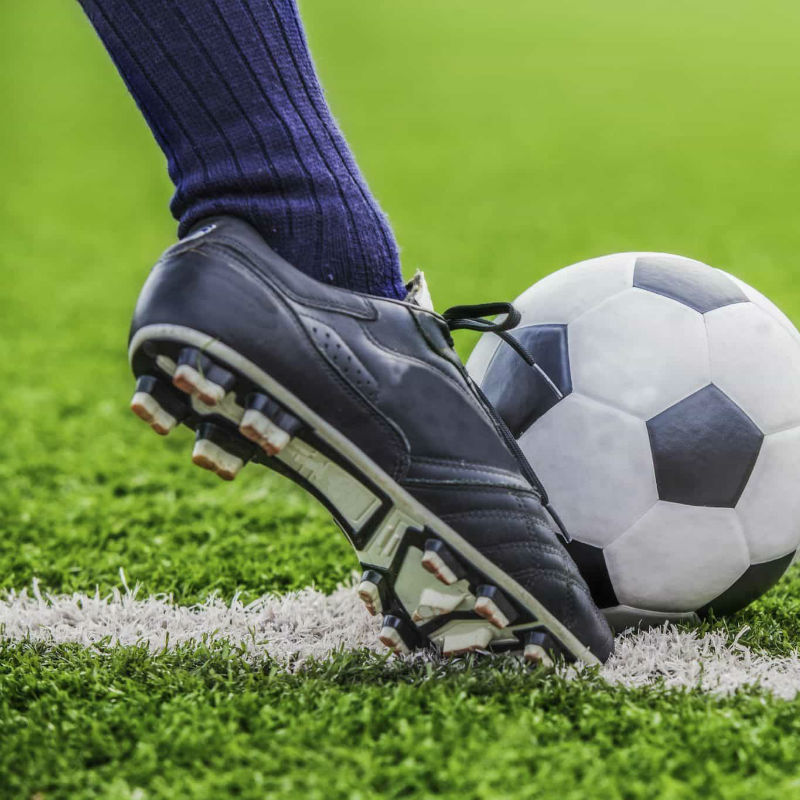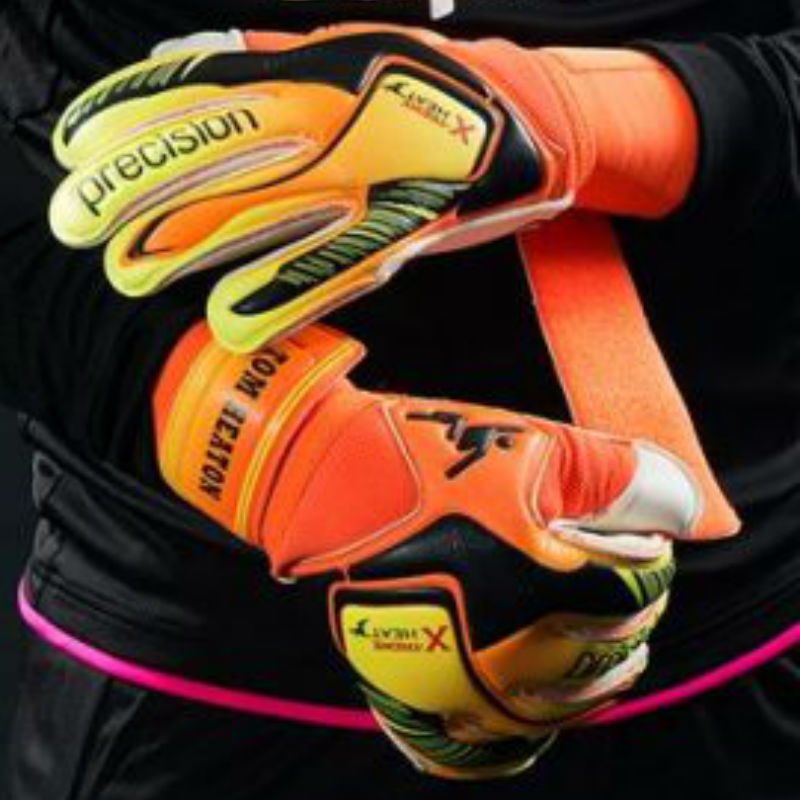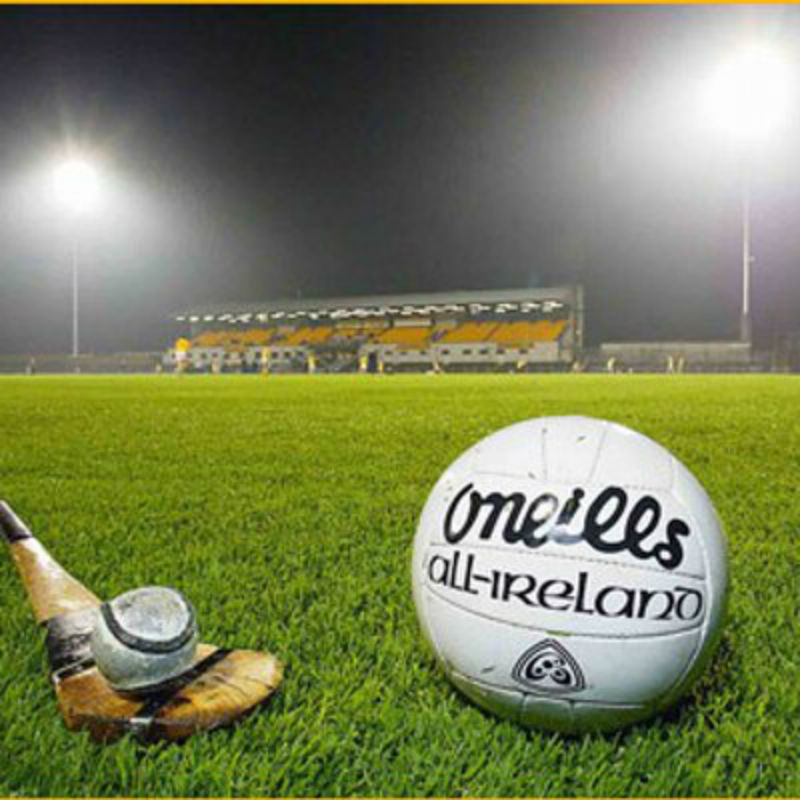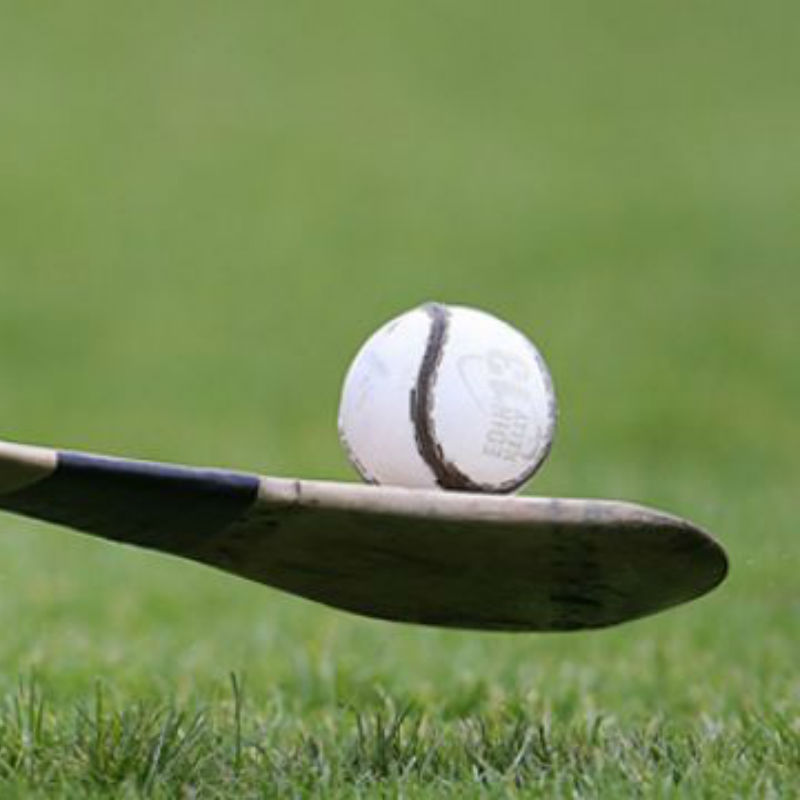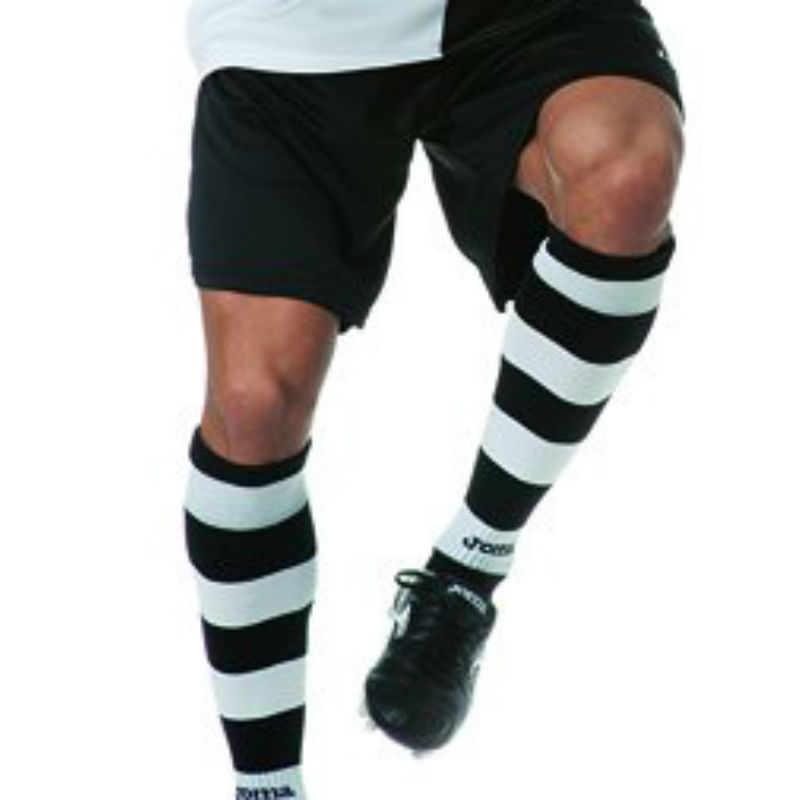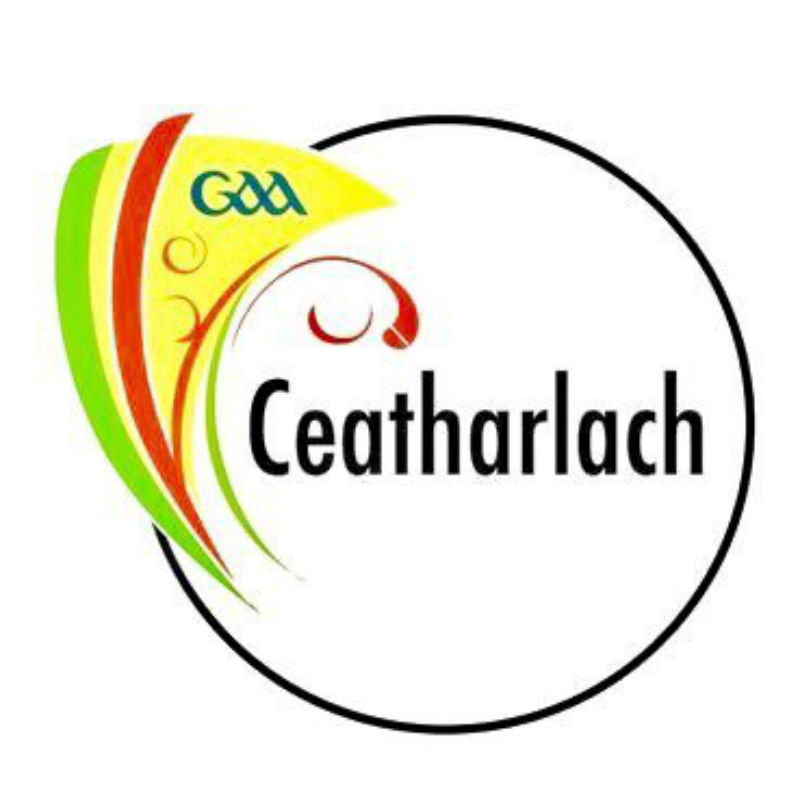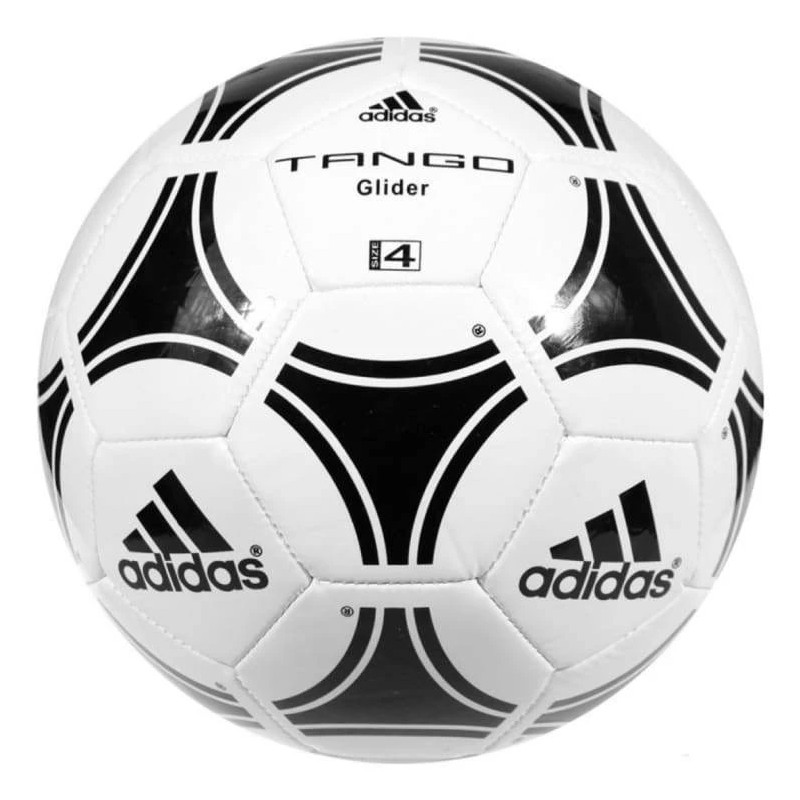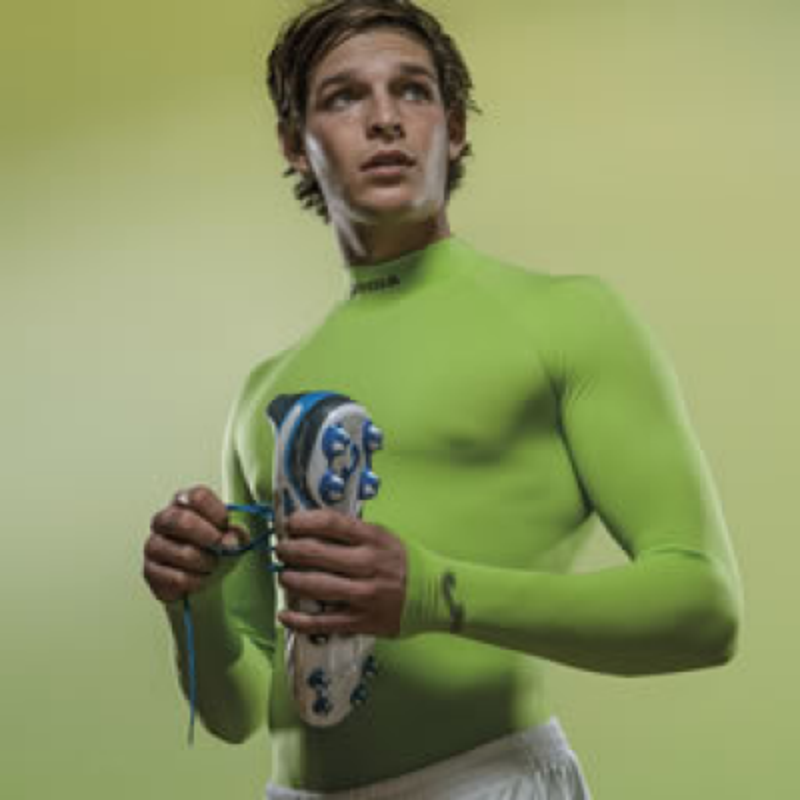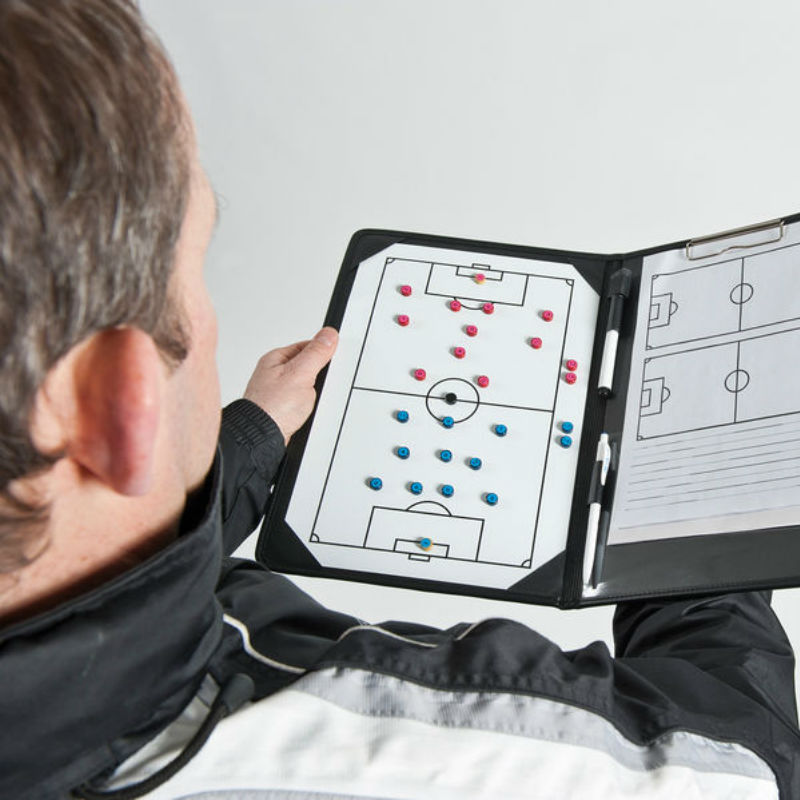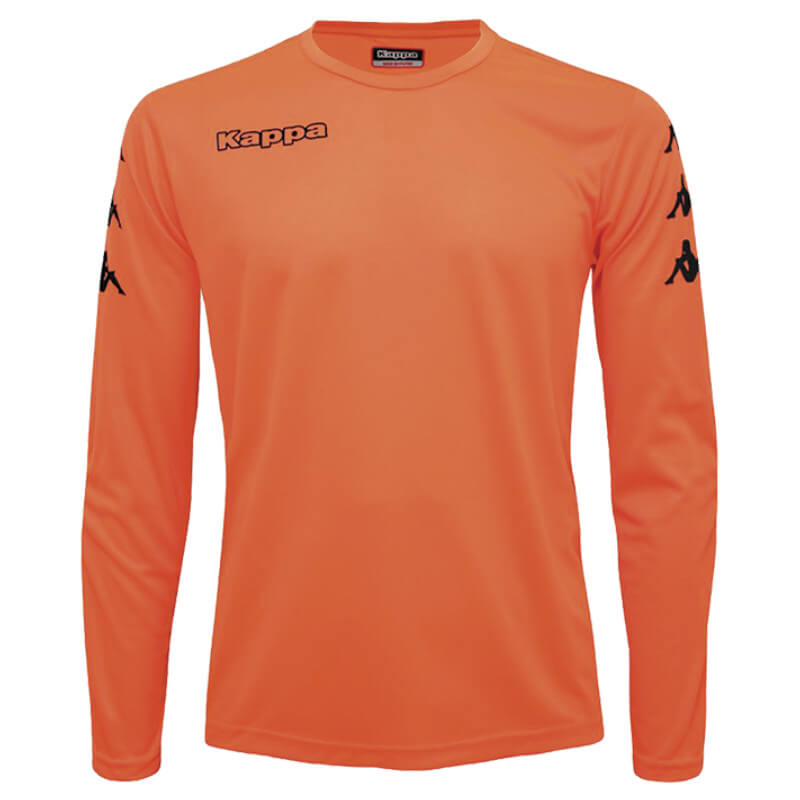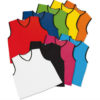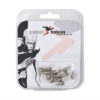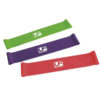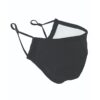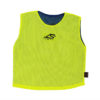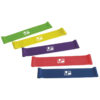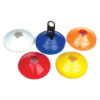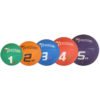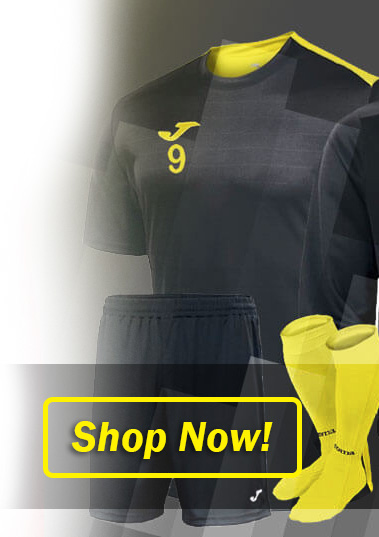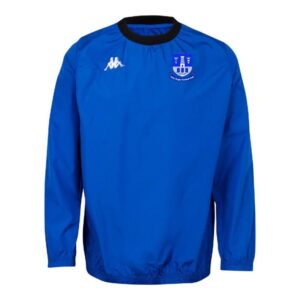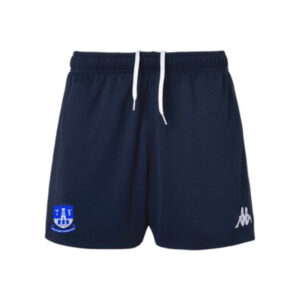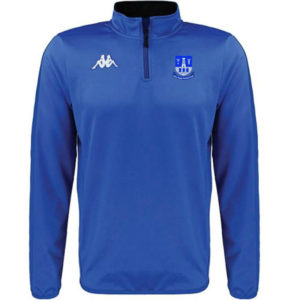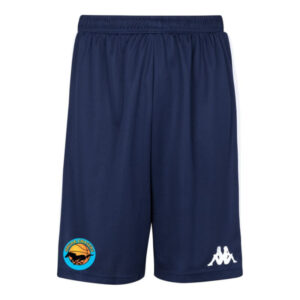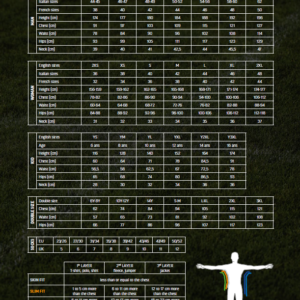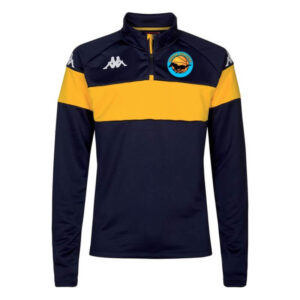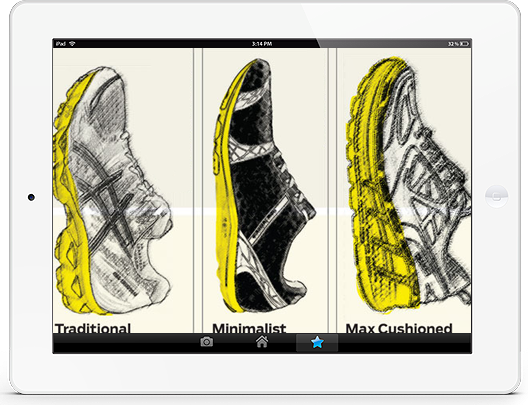No products in the cart.
General Sports Advice, Running
Running Shoes, Past, Present & Future (Part One)
What are the Latest Trends in Running Shoes?
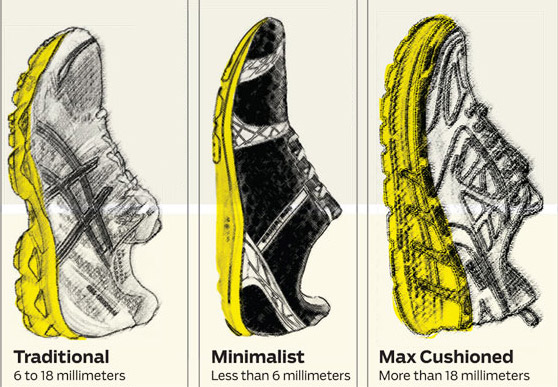 The pendulum has swung back to more conventional running shoes in the past twelve months as the minimal movement has slowed. Sales in minimal running shoes have been in steady decline since the heady days of 2009/2010 after the publication of Christopher McDougal’s book “Born to Run”. Vibram Five-finger’s decision to settle a class action law-suit in the amount of $3.5million for reportedly overstating the health benefits of wearing their shoes without the necessary scientific proof to back up their claims, has also had a negative effect on sales of minimalist footwear. In fact there seems to be a backlash with a move to “Maximalist” (is there really such a term?) running shoes which feature incredibly cushioned midsoles. The feeling seems to be some runners were getting injuries wearing minimalist shoes, the answer must lie with extra cushioning.
The pendulum has swung back to more conventional running shoes in the past twelve months as the minimal movement has slowed. Sales in minimal running shoes have been in steady decline since the heady days of 2009/2010 after the publication of Christopher McDougal’s book “Born to Run”. Vibram Five-finger’s decision to settle a class action law-suit in the amount of $3.5million for reportedly overstating the health benefits of wearing their shoes without the necessary scientific proof to back up their claims, has also had a negative effect on sales of minimalist footwear. In fact there seems to be a backlash with a move to “Maximalist” (is there really such a term?) running shoes which feature incredibly cushioned midsoles. The feeling seems to be some runners were getting injuries wearing minimalist shoes, the answer must lie with extra cushioning.
Although humans have been running for thousands of years, jogging (or running purely for health and fitness benefits) has really only been around since the 1970’s. Prior to this the only people running were competitive athletes (and they usually ran fairly fast). One definition of jogging is running at 6mph or less.
It’s important to understand the difference between jogging and running. Because the faster you run the more likely you are to land on your midstance or on your forefoot (I have never seen a sprinter who heel strikes). Conversely, the slower you run the more likely you are to heel strike (land on your heel).
Prior to jogging becoming popular in the 1970’s, the running shoe was relatively flat with minimal cushioning in the heel and forefoot. Whatever cushioning was in the shoes from that time was divided equally between the heel and forefoot.
[vc_separator type=’transparent’ color=” thickness=” up=’10’ down=”]

[vc_separator type=’transparent’ color=” thickness=” up=’10’ down=”]
It is only since the 1970’s that running shoe manufacturers started producing shoes with more cushioning in the heel than in the forefoot. This is the origin of today’s traditional running shoe, heavily cushioned in the heel (as much as 30mm) and less in the forefoot (around 15mm). The extra cushioning was put into the heel because the heel was the initial point of contact with the ground. While the forefoot required less cushioning because it was the secondary impact point.
This difference in the depth of the cushioning between the heel and the forefoot is what is commonly known as the “heel to toe drop” or “drop”. Many of today’s shoes will now contain this drop measurement. We at JF Sports are of the opinion that if you are wearing a shoe with a drop of between 12mm and 15mm then it is most likely that you will heel strike regardless of what way you are inclined to run.
It is a bit of a chicken and egg scenario, are we heel striking because we’re running slowly. Or are we heel striking because we’re wearing shoes specifically designed to promote that type of a running action. I don’t know the answer but running shoes have steadily become more and more cushioned, and that trend has continued until around 2005.
[vc_separator type=’transparent’ color=” thickness=” up=’10’ down=”] [bordered_box border_color=’#2A76C8′ background_color=’#e6e6e6′]Stay Tuned for the next installment of “Running Shoes, Past, Present & Future”, or Click HERE to read some of our other Items
[/bordered_box]
